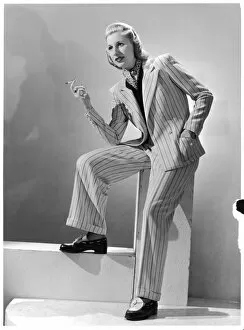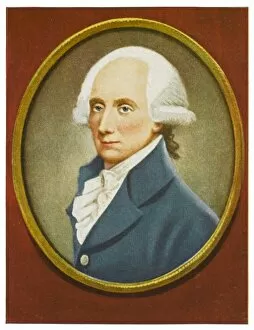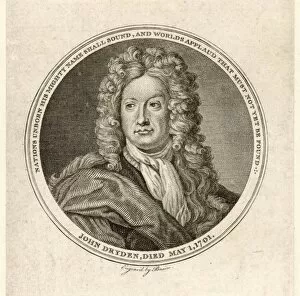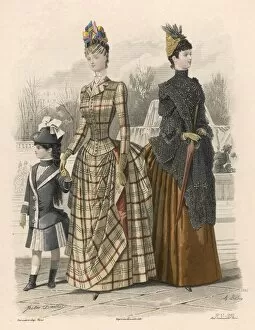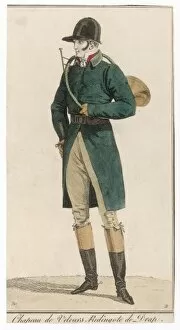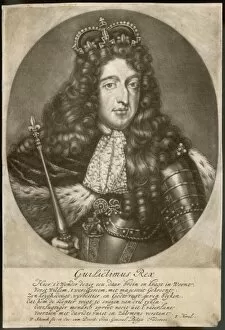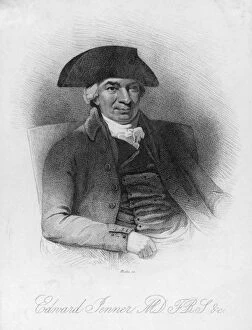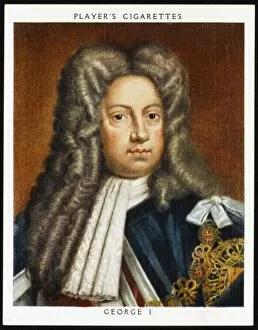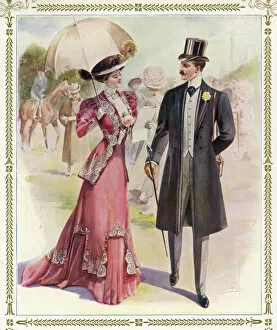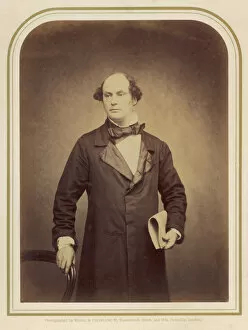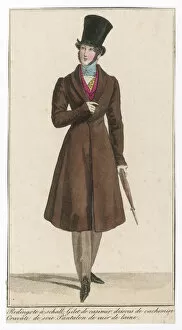Cravat Collection (#34)
"Unveiling the Timeless Elegance: The Cravat Chronicles" Step into a world where fashion meets art, as we explore the captivating history of the cravat
For sale as Licensed Images
Choose your image, Select your licence and Download the media
"Unveiling the Timeless Elegance: The Cravat Chronicles" Step into a world where fashion meets art, as we explore the captivating history of the cravat. From 1930s playsuits to portraits of musical geniuses like Beethoven and Wagner, this iconic accessory has left its mark on various realms. Intriguingly depicted in John Clare's oil painting from 1820, we witness how this neckwear adorned gentlemen with grace and sophistication even during simpler times. A symbol of refined taste, it found its way onto Richard Wagner's canvas in 1871, capturing his artistic essence alongside his melodious compositions. Johannes Brahms' original cabinet photograph showcases not only his mastery at the piano but also his impeccable sense of style. The cravat became an integral part of men's riding dress in 1819, exuding confidence and elegance while galloping through open fields. Even prominent figures like Alexander Hamilton were immortalized wearing this timeless accessory. In John Trumbull's oil painting from 1806, Hamilton dons a cravat that speaks volumes about his political prowess and distinguished persona. But it wasn't just limited to men; poets like A. E. Housman embraced the allure of the cravat at age 35, adding an air of poetic charm to their ensembles. George II Players knew that donning a well-tied cravat could elevate their stage presence by leaps and bounds. Ludwig II chose to wear one with Grendamour-like flair—a testament to how this simple yet versatile piece can transform any outfit into a work of art. German magazines sang praises for Wagner's sartorial choices—his choice of cravats being no exception—to match his genius compositions perfectly. And let us not forget Greer’s Whisky advertisement from 1904—the epitome of refinement embodied by both the cravat and a fine spirit.

